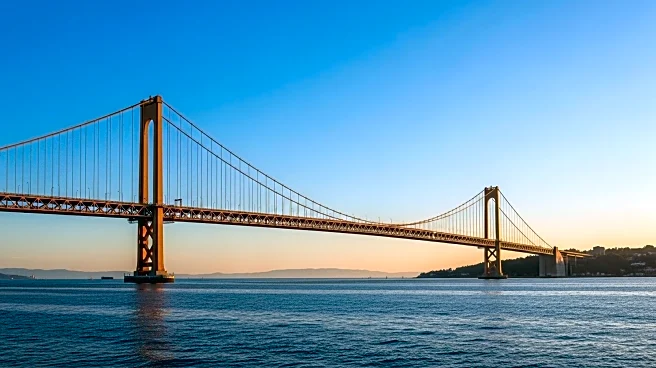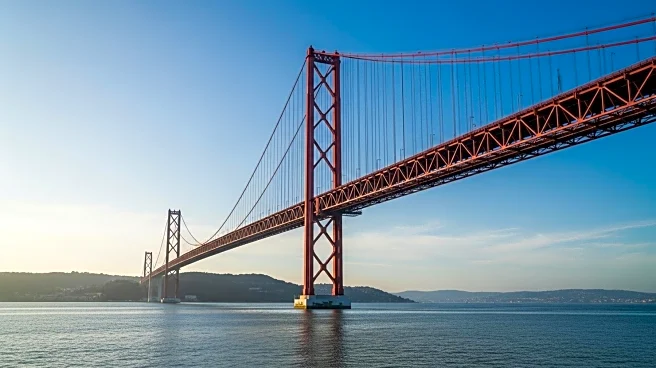The construction of the Golden Gate Bridge was a monumental task that required visionary leadership and strategic planning. The project was spearheaded by Joseph Strauss, the chief engineer, whose leadership was instrumental in overcoming the technical and financial challenges associated with building such a massive structure. His ability to coordinate a team of skilled engineers and workers ensured the successful completion of the bridge, which has since become a symbol of San Francisco.
Leadership Context
Joseph Strauss's leadership was crucial in the context of the Great Depression, a time when funding and resources were scarce. His determination to see the project through despite economic hardships demonstrated his commitment to innovation and progress.
Decisions and Strategies
Strauss implemented several strategic decisions, including the use of innovative materials and construction techniques. His decision to employ a suspension design allowed the bridge to span the Golden Gate strait effectively, while his focus on safety ensured the protection of workers during construction.
Outcomes and Accountability
The successful completion of the Golden Gate Bridge under Strauss's leadership resulted in a structure that has stood the test of time. His accountability in managing the project's budget and timeline was key to its success, setting a standard for future infrastructure projects.
Lessons for U.S. Audiences
Strauss's leadership offers valuable lessons in perseverance and strategic planning. His ability to navigate economic challenges and prioritize safety serves as a model for leaders in the U.S. seeking to undertake ambitious projects.
 Discover Daily • 7 min read
Discover Daily • 7 min read 










